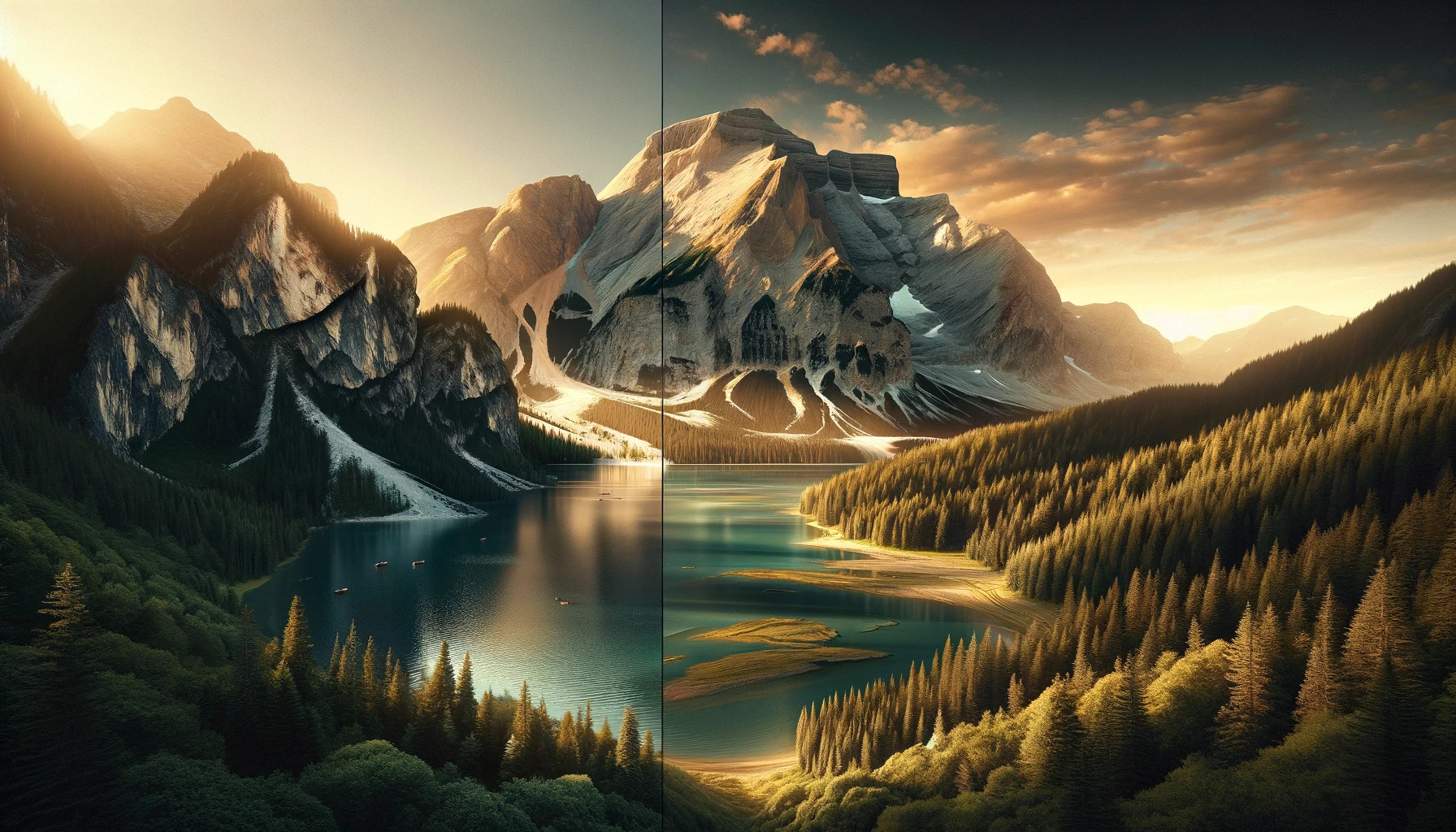AI-Driven Image Upscaling: A Step-by-Step Guide
By Douglas
Published March 4, 2024
 AI-Driven Image Upscaling: A Step-by-Step Guide
AI-Driven Image Upscaling: A Step-by-Step Guide
In an era where digital visuals dominate communication, the ability to upscale images effectively is invaluable. Upscaling not only enhances the size but significantly improves the quality, making your visuals stand out. This guide provides a comprehensive walkthrough on mastering AI-driven image upscaling, highlighting techniques, tools, and best practices for image upscaling. By the end, you'll be well-equipped to convert any low-resolution image into a stunning high-resolution image conversion.
Understanding Image Upscaling
At its core, image upscaling refers to the process of increasing the resolution of an image. AI-driven upscaling goes a step further by intelligently filling in details that weren't originally present, making the upscaled image clearer and more detailed.
Step 1: Choose the Right Tool
Selecting the best software for image upscaling is crucial. Options range from professional software like Adobe Photoshop's 'Preserve Details 2.0' feature to dedicated AI tools such as Topaz Gigapixel AI, which uses machine learning to predict and add details during the upscaling process.
Step 2: Preparing Your Image
Before upscaling, ensure your image is in the best possible condition. This means removing any noticeable artifacts or noise that could be exaggerated during the upscaling process.
Step 3: Upscaling Techniques
- Bicubic Interpolation: This is a basic technique used by many software programs, suitable for slight enlargements.
- AI Upscaling: Advanced algorithms analyze the image and intelligently fill in details, ideal for significant upscaling.
Step 4: Using AI Tools for Upscaling
- Import Your Image: Load your image into the chosen AI upscaling software.
- Select Upscaling Settings: Choose how much you want to upscale your image. AI tools often offer presets ranging from 2x to 4x or more.
- Preview and Adjust: Take advantage of preview features to compare the upscaled image with the original. Adjust settings as needed.
- Export Your Upscaled Image: Once satisfied, export your image. Consider the format based on your needs; PNG and JPEG are common, but TIFF may be preferable for preserving details.
Step 5: Best Practices for Image Upscaling
- Start with the Highest Quality Original: The better the source image, the better the upscaled result.
- Use AI Upscaling Sparingly: Over-upscaling can lead to unnatural results. Aim for the sweet spot where detail is enhanced without creating artifacts.
- Experiment with Different Tools: No single tool is best for all scenarios. Experimenting can help you find the best option for your specific needs.
Exploring Online Tools for Image Upscaling
For those seeking quick or accessible options, online tools for image upscaling offer a convenient alternative. Websites like Let's Enhance and Deep Image utilize AI to upscale images without the need for software installation. While these tools may offer less control than dedicated software, they provide an easy entry point for beginners.
Conclusion
Mastering AI-driven image upscaling opens up a world of possibilities for enhancing digital images. By selecting the right tools, applying effective techniques, and adhering to best practices, you can achieve remarkable high-resolution image conversions. Whether you're a professional looking to refine your workflow or a hobbyist aiming to enhance personal photos, the world of image upscaling offers endless potential to elevate your visual content.